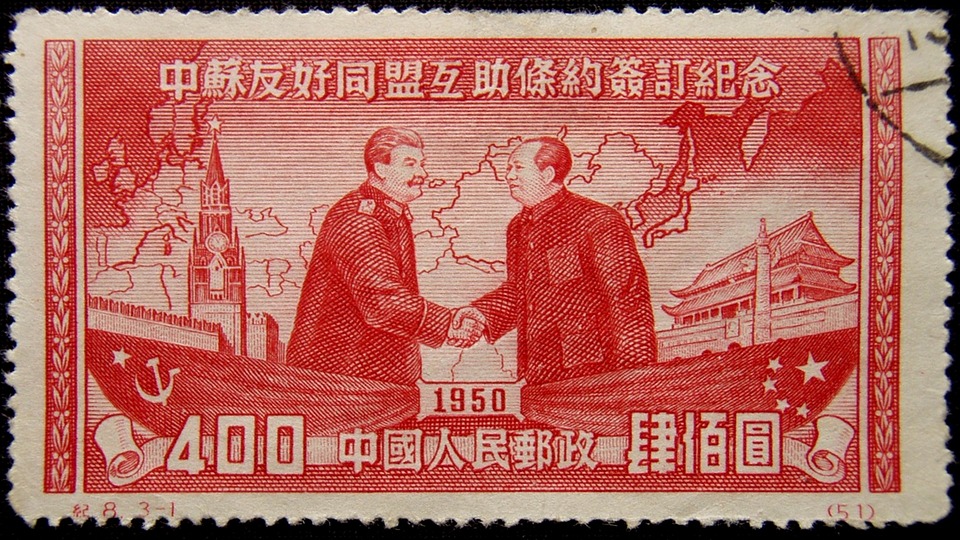Feminism and Marxism-Leninism
Feminism and Marxism-Leninism are two influential ideologies that have both played significant roles in shaping our understanding of society, particularly in relation to gender and class struggle. While these ideologies have often been viewed as distinct and separate, there are intersections between feminism and Marxism-Leninism that are worth exploring.
Understanding Feminism
Feminism is a movement that seeks to achieve social, political, and economic equality between the sexes. It focuses on challenging the systemic oppression and discrimination that women face in society. Feminism has a variety of strands, each with its own focus and goals, but all are united in their commitment to gender equality.
At its core, feminism seeks to dismantle the patriarchal structures that have historically limited women’s opportunities and rights. This includes challenging traditional gender roles, fighting against gender-based violence, and advocating for reproductive rights and bodily autonomy.
Understanding Marxism-Leninism
Marxism-Leninism is a political ideology that draws on the ideas of Karl Marx and Vladimir Lenin. It focuses on the struggle between the working class (proletariat) and the capitalist class (bourgeoisie). Marxism-Leninism advocates for the overthrow of the capitalist system and the establishment of a socialist society, where the means of production are owned and controlled by the working class.
Marxism-Leninism also emphasizes the importance of class consciousness and solidarity among the working class. It seeks to build a revolutionary movement that will lead to the eventual establishment of a communist society, where class distinctions and exploitation are abolished.
The Intersection of Gender and Class Struggle
One of the key intersections between feminism and Marxism-Leninism lies in the understanding of the relationship between gender and class struggle. Both ideologies recognize that women are disproportionately impacted by class-based oppression and exploitation.
In a capitalist society, women are often relegated to low-wage and precarious work, and face barriers to advancement and equal pay. This is compounded for women of color, LGBTQ+ individuals, and women with disabilities, who face intersecting forms of discrimination and marginalization.
Marxism-Leninism analyzes the ways in which capitalism relies on the exploitation of women’s labor, both in the workplace and in the home. Women’s unpaid domestic labor is crucial for the functioning of capitalism, as it enables the reproduction of the labor force without cost to the employer. This exploitation of women’s labor is central to the capitalist system and perpetuates gender inequality.
Feminism and Marxism-Leninism both recognize that the struggles for gender and class liberation are interconnected and mutually reinforcing. They argue that true gender equality cannot be achieved within the confines of capitalism, as long as the capitalist system continues to exploit and oppress women.
Challenges and Critiques
Despite the shared goals and intersections between feminism and Marxism-Leninism, there have been challenges and critiques of their relationship. Some feminists argue that Marxism-Leninism is inherently patriarchal, as it has often marginalized the voices and experiences of women within the movement.
Additionally, some Marxist-Leninists criticize feminism for prioritizing gender over class struggle, and for failing to adequately address the ways in which capitalism intersects with other forms of oppression, such as racism and imperialism.
There have also been disagreements within both movements about the best strategies for achieving gender and class liberation. Some feminists advocate for a more individualistic and reformist approach, focusing on challenging sexist attitudes and policies within existing institutions. Meanwhile, some Marxist-Leninists advocate for a more revolutionary and collective approach, seeking to overthrow the capitalist system in order to achieve true gender and class equality.
Despite these challenges and critiques, many feminists and Marxist-Leninists continue to work together in solidarity, recognizing the importance of building broad-based movements that address the intersections of gender, class, race, and other forms of oppression.
Conclusion
Feminism and Marxism-Leninism offer important insights into the interconnected nature of gender and class struggle. By understanding and examining the intersections between these ideologies, we can develop a more nuanced understanding of the ways in which capitalism and patriarchy intersect to oppress and exploit women.
While there are challenges and critiques to be addressed, the shared goals and values of feminism and Marxism-Leninism provide a powerful framework for building movements that seek to challenge and transform oppressive systems. By working together in solidarity, feminists and Marxist-Leninists can continue to advance the struggle for gender and class liberation for all.




